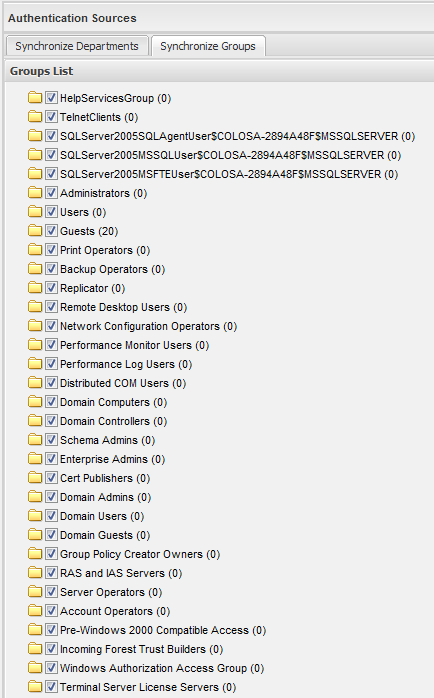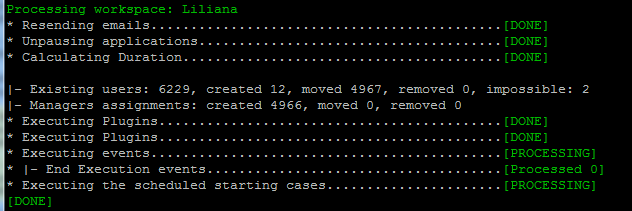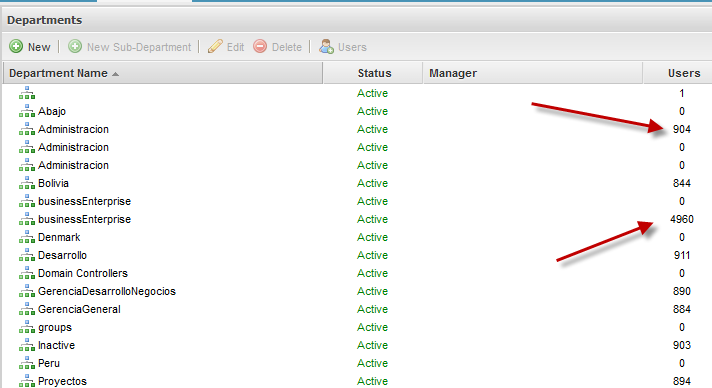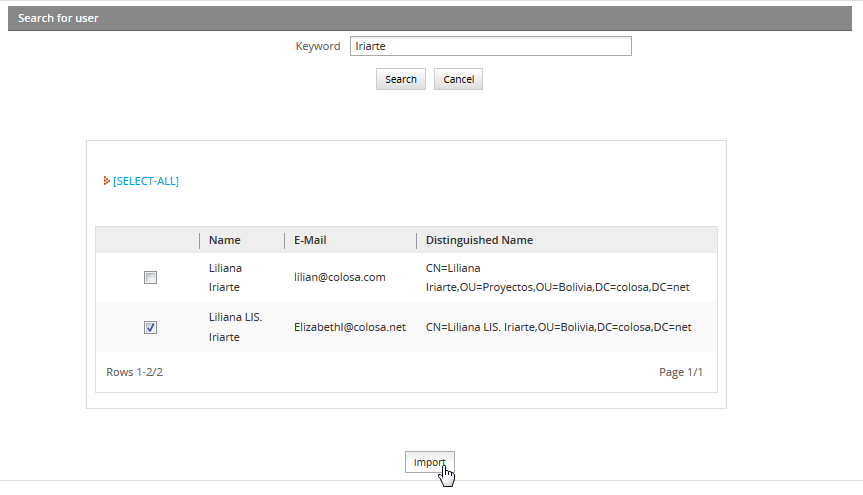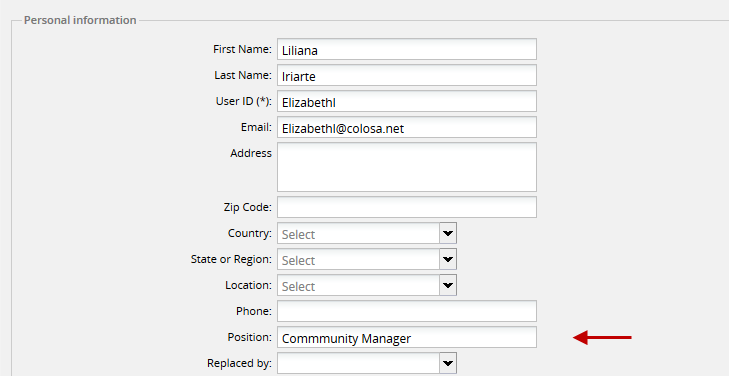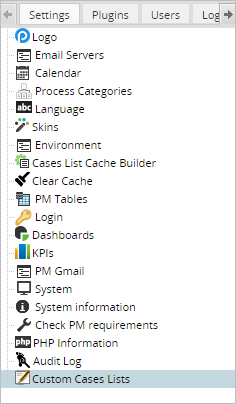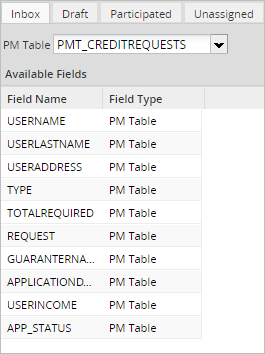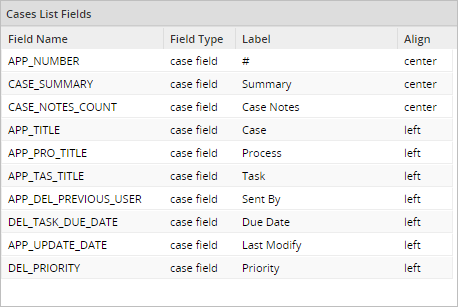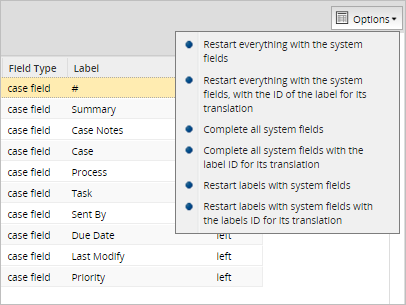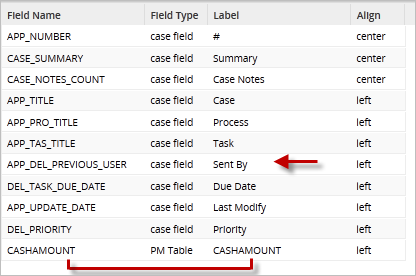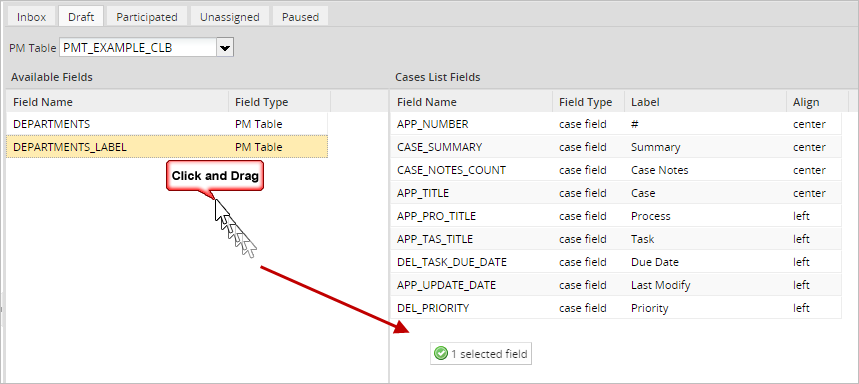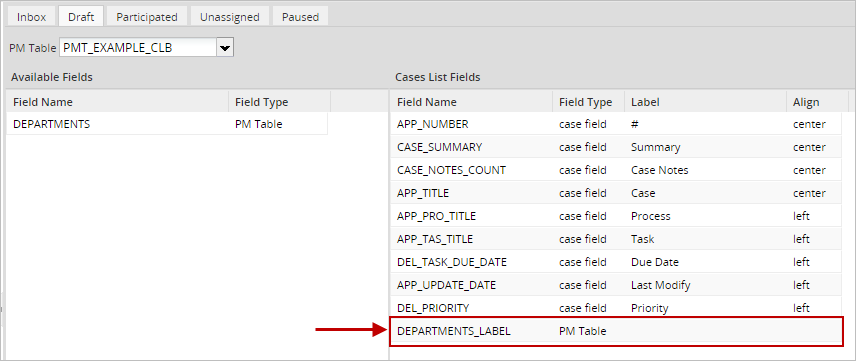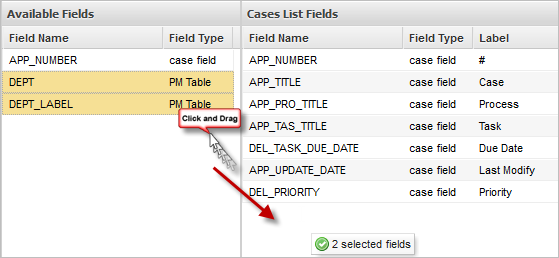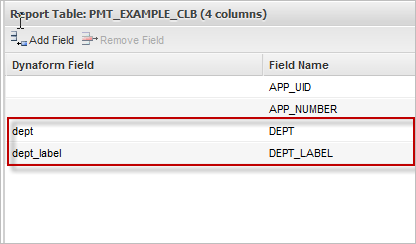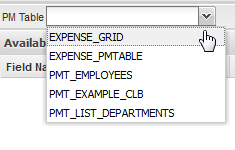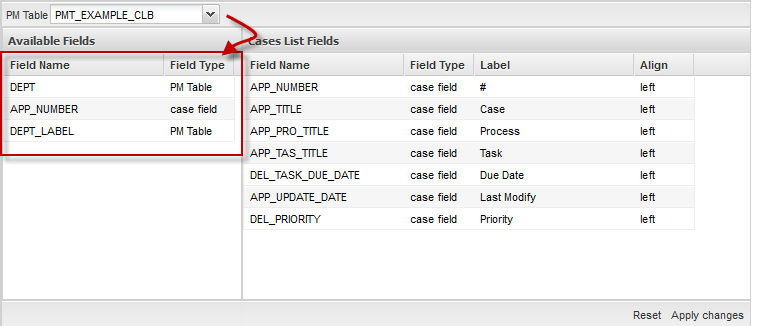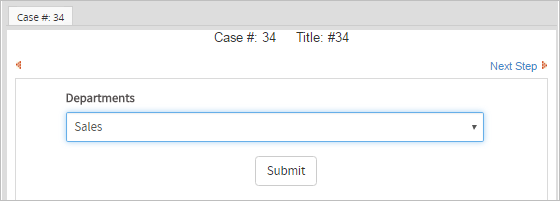Overview
The ProcessMaker Mobile app provides access to cases anytime, anywhere. Create and respond to cases, while using features that are only available for mobile devices like QR scanners or Geo-localization.
Requirements
Mobile Device:
-
Android 4.4 or higher (Recommended to have a 3.7 inch screen or larger).
Server:
-
ProcessMaker 3.0.1.7 or later.
-
The ProcessMaker server must have a valid SSL certificate.
Getting ProcessMaker from the Play Store
ProcessMaker Mobile can be downloaded from:
Getting ProcessMaker from the Play Store App
On your cellphone, go to the main screen and look for the Play Store. To get the ProcessMaker app, tap on the search bar at the top of the screen. Enter "ProcessMaker" and tap on the first search result that appears, which is the ProcessMaker app.

Now, it is possible to download ProcessMaker by tapping on the INSTALL button. A new window displays to select which permissions to grant the app access. Tap on the ACCEPT button to begin the process of installation. This may take a few moments.
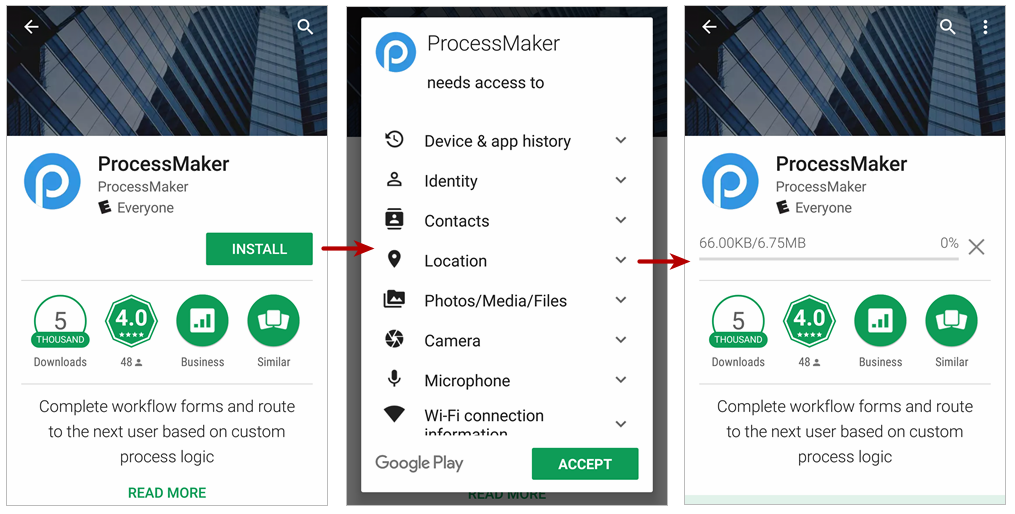
When the "ProcessMaker" app finishes installing, a notification on the cellphone shows that it has been successfully installed and a new icon appears on the main screen. Now, tap on ProcessMaker icon on the main screen to open the application.

Getting ProcessMaker from the Play Store Web Page
Download the ProcessMaker Mobile app by going to this link. Click on the Install button.
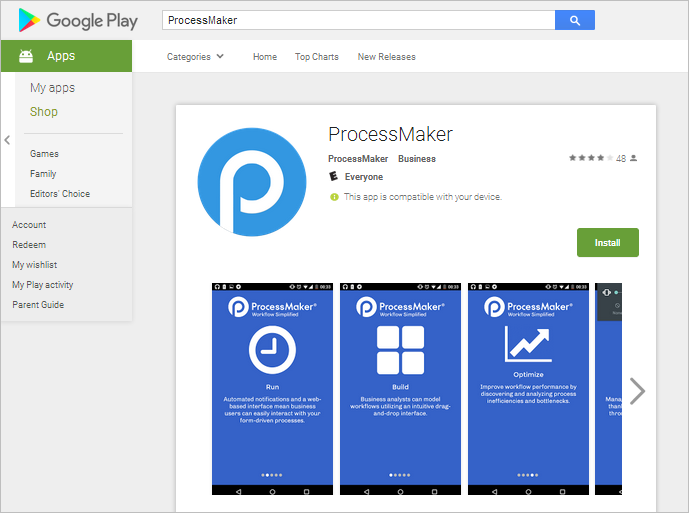
Note that you must be logged on to your Gmail account; otherwise, the Google Sign in page displays.
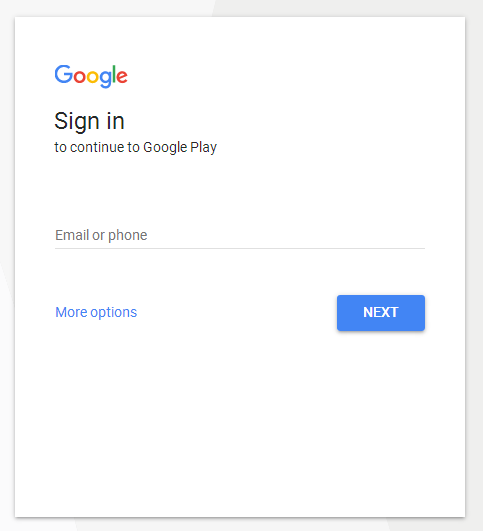
After you are logged on, select the device associated to the Gmail account where ProcessMaker Mobile will be installed, and then click on the INSTALL button.
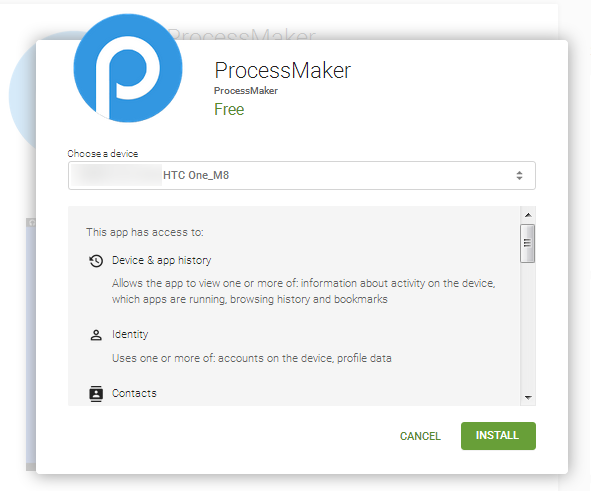
The following message displays, and ProcessMaker Mobile will download automatically to the device selected the next time the device has Internet access.
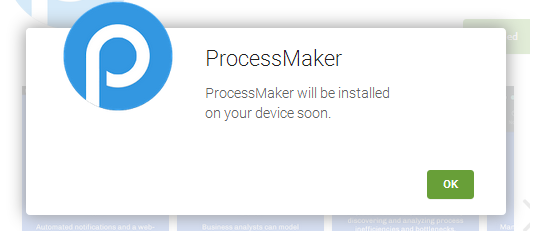
Updating ProcessMaker Mobile
The ProcessMaker Mobile application is always trying to deliver a better experience; therefore, when a new version is released, it will be necessary to update the app.
To update ProcessMaker Mobile, go to the application in the Play Store, look for ProcessMaker and the Update button will be available.
Tap on the Update button. A message appears asking to allow certain permissions, but ProcessMaker Mobile does not require any additional or special permissions.
After tapping on the ACCEPT button, the new version will start downloading.
This may take a few moments, but after the new version is downloaded a notification that the application is up to date displays.

Starting with ProcessMaker Mobile
The moment "ProcessMaker" is opened, a summary of the product features appears. Each of the screens shows a brief description of a few ProcessMaker Mobile functions:
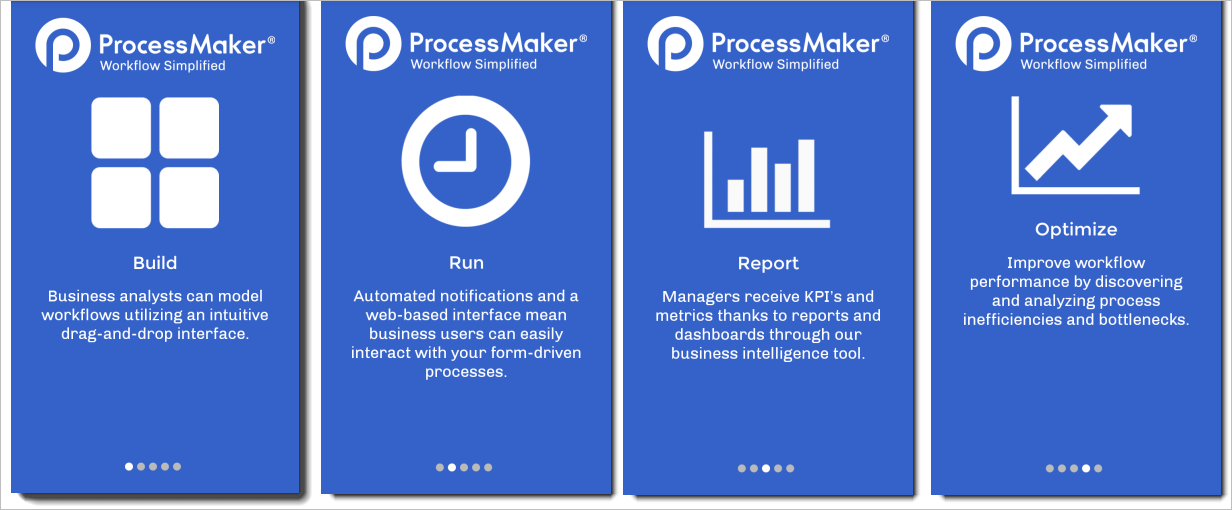
The last screen displays a login screen. Tap on the Login button if you already have credentials, otherwise click on the Register button. If you do not have credentials, tap on the Register button and fill in the information in the window that appears. Tap on Continue after all of the fields are filled in. After tapping the Login button or registering a new account, the next window displays the user(name) and password fields. Either enter your login credentials into the fields or sign in with a Google account.

Note: When updating the ProcessMaker Mobile app, remember that the application depends on the release of the new version of ProcessMaker. Many of the functionalities of the application change with the update of ProcessMaker Web Edition. This means that the ProcessMaker Mobile app must be used with the latest version of ProcessMaker. We recommend disabling automatic updates to avoid any inconvenience.
The Case List
This section discusses how to use the case list, as well as several other options when running a case on a ProcessMaker Mobile version of Android. After you log on, the Inbox screen displays.
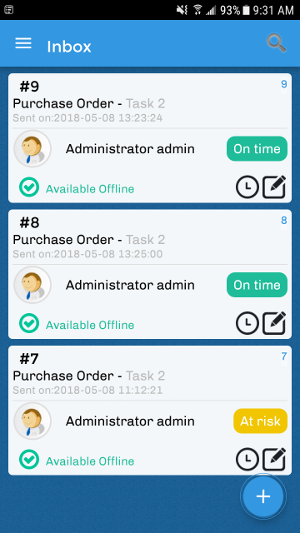
Slide the screen to the right to display a menu where all available options for the app can be found as seen in the image below.
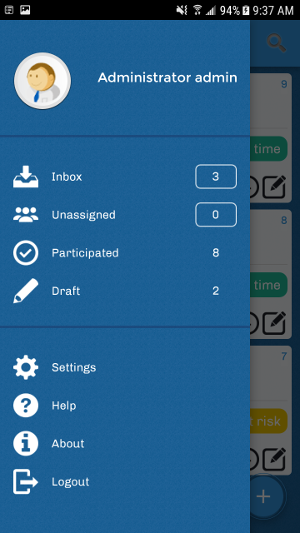
Using the Case List
Work with cases directly from the ProcessMaker Mobile app using the Case List button. The Case List button is in the upper left side of the screen; it is the icon that has three horizontal lines.

When this button is tapped a new screen appears on the left side of the screen. Here, you can see everything happening with your processes. The options in the Case List are the following:
Each of these are explained in the following sections.
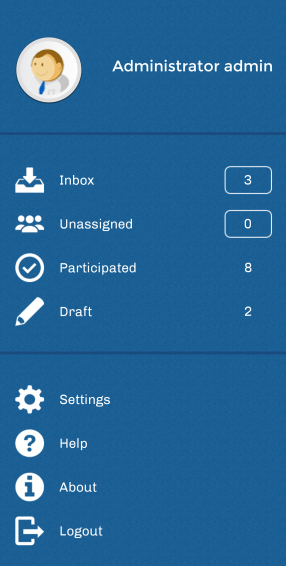
Inbox
The Inbox screen displays the list of all the cases assigned to you in the ProcessMaker desktop version. The cases are initially ordered first by their case number and then by the name of the case. Choose a case in the inbox and tap on it.

Tap on a case to open it, when open the user can start working on it as in ProcessMaker web edition.
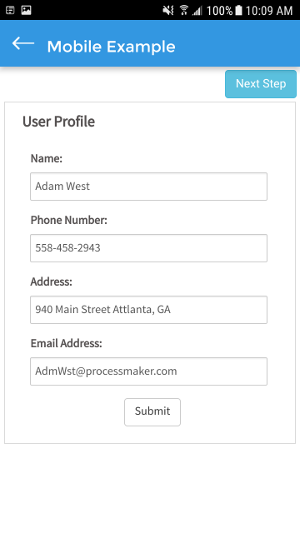
The case statuses are "On time", "At risk" or "Overdue", as seen on the image below.

Unassigned
The Unassigned panel displays all cases that can be claimed by a pool of users assigned to the task. You can assign yourself a task, which then removes it from the Unassigned panel. When there are cases in the Unassigned panel, then anyone can claim the case to work on it. Work on an unassigned case by tapping on it. Once opened, details about the unassigned case, like the status, date, description and more, are shown.
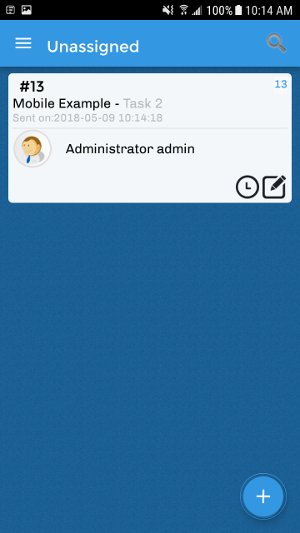
Tap on the Claim this case button to assign the case to yourself and start working on it.
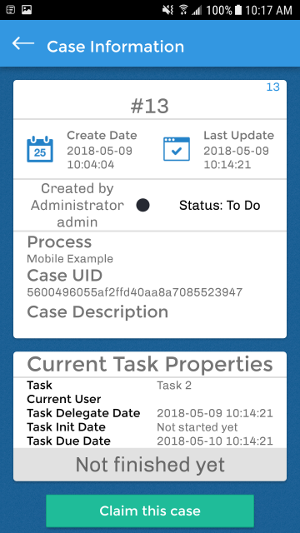
Draft
The Draft panel displays cases that are being edited, but have not yet been submitted. A case becomes a draft after case data is submitted via a Dynaform, an input document is uploading, or after moving to a subsequent step in the current task.

Continue working on a case draft by tapping on it. The Dynaform of that case immediately displays.
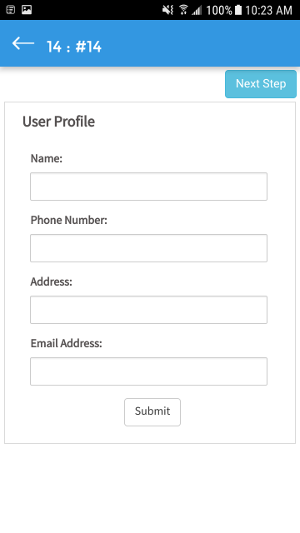
Participated
The Participated panel displays all cases in which you have participated.
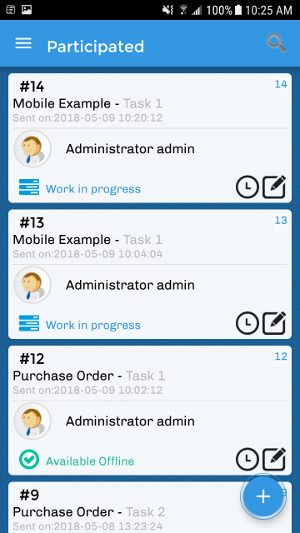
"When any "Participated" case is tapped on, the information about the case displays, including but not limited to the creation date, the last date updated, the owner, and the name of the process.
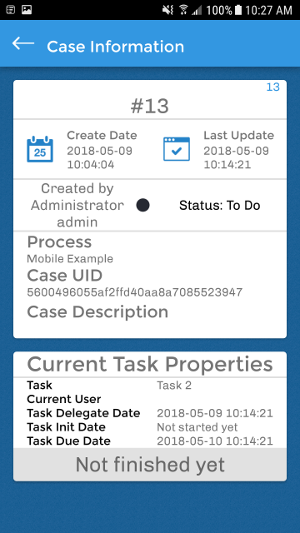
New Case
Note: The Output Document, Input Document, and External Step features are not available for ProcessMaker Mobile as step: they will not open or create the case if any of those features are on the first task of the display list. If a process has a Dynaform and then any of the features follows as step on the display list, the ProcessMaker Mobile version skips that part and continues. These features will be implemented in future versions.
The ProcessMaker Mobile app allows you to create a new case of a process previously created in the ProcessMaker Web Edition. The New Case list displays all the cases that you have been designated to participate in, but have not yet begun. To start a case, tap on the Plus Sign button located at the bottom of the screen marked with a red circle.

All of your available processes will be listed, and any of them can be started by tapping on the process.
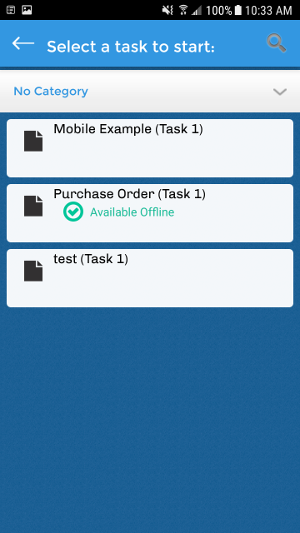
When a case is tapped, the process starts with the first task or the current task that the process is in, similarly to the standard version of ProcessMaker.
Search for a Process
The ProcessMaker Mobile app allows you to search a process in the list of processes.
Search for a process by tapping on the search box located at the top of the screen.

Type the name of a process and the processes list will be filtered based on the search input.
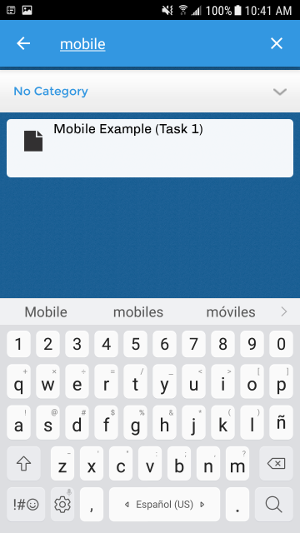
Additional Options
Aside from the case list, the following sections describe additional options:
Logout
Go to the main menu by sliding the screen to the right. Locate the Logout button.
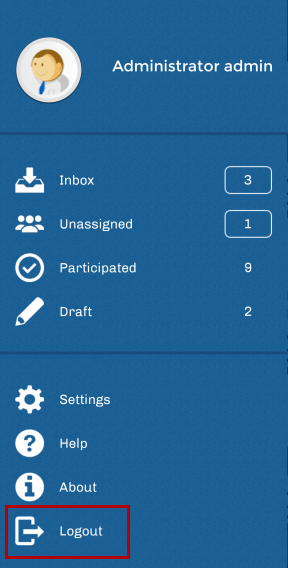
After tapping the Logout button, a screen displays to confirm you want to log out. If you log out, any unsaved case information will be erased. Tap on OK to quit the ProcessMaker Mobile app or tap on Cancel to go back to the main screen.
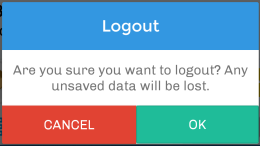
About
Go to the main menu by sliding the screen to the right. Click on the About button.
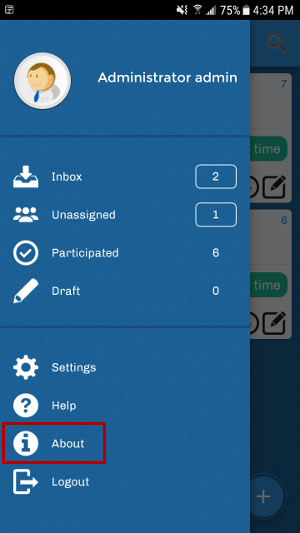
A screen displays that shows the version of the application and the code of the build. Tap on OK to quit the window and go back to the main screen.
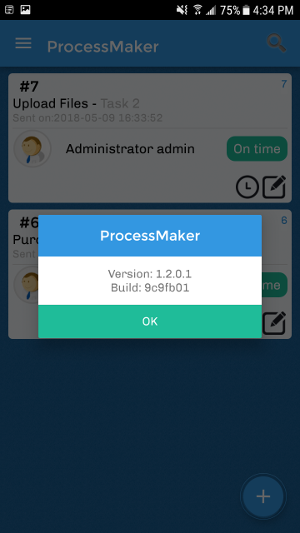
Case Notes
Add a case note to a case by tapping on the pencil icon in the bottom right corner of any case.
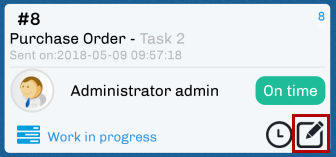
In the new window select the pencil icon in order to create a new case note.

A new window opens where notes can be added.
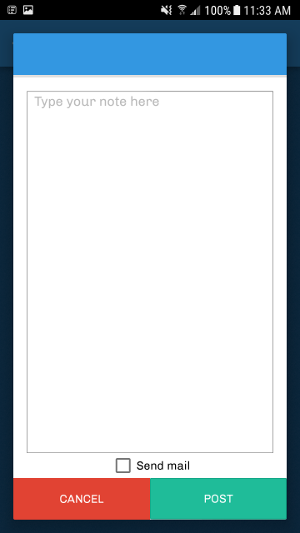
In the "Type your note here" section, add any note that applies to the case. Check the Send Mail button to send the mail. Finally, click on the Post button to store the note added.
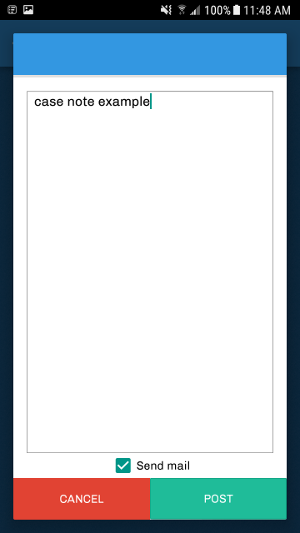
History
Observe the history of a case by tapping on the square with a clock icon in the bottom right corner of any case.

A new window wih the history of the case displays. This includes the name, the person assigned, the status and the date and time of the tasks.

Dynaform Controls on ProcessMaker Mobile
When running cases, end users only interact with Dynaforms when inputting data into the form, viewing information sent from other users or viewing information that has been automatically generated by the execution of triggers or JavaScript in the project. For more information, see Mobile Controls
Uninstalling ProcessMaker
To uninstall ProcessMaker Mobile, either look for the application in the Google Play Store and tap on the Uninstall option, or simply drag and drop the ProcessMaker icon on your smartphone's homescreen to the recycle bin.
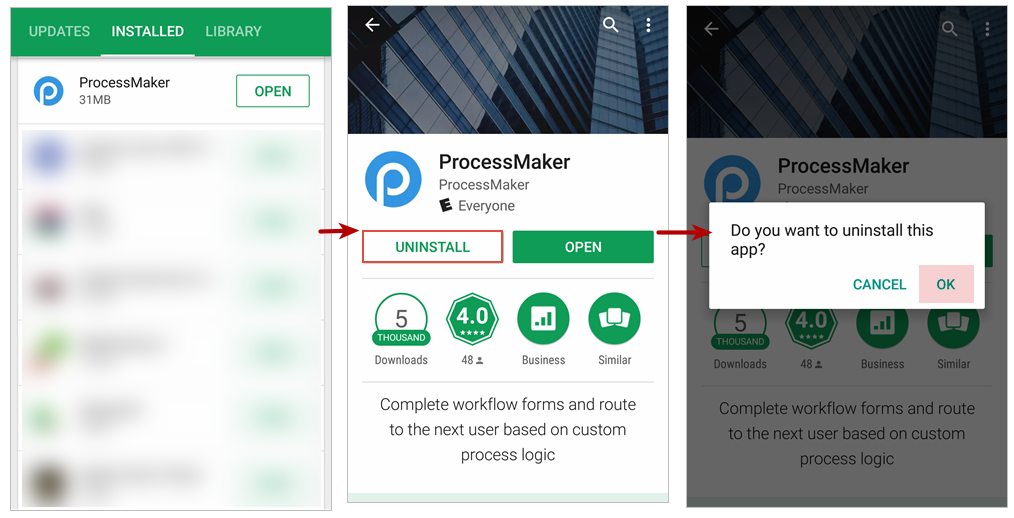
For Android Lollipop 5.X users, it is recommended to uninstall ProcessMaker Mobile by going to Settings > Applications > ProcessMaker > More, and tapping on the Uninstall for all users option to avoid possible re-installation issues.
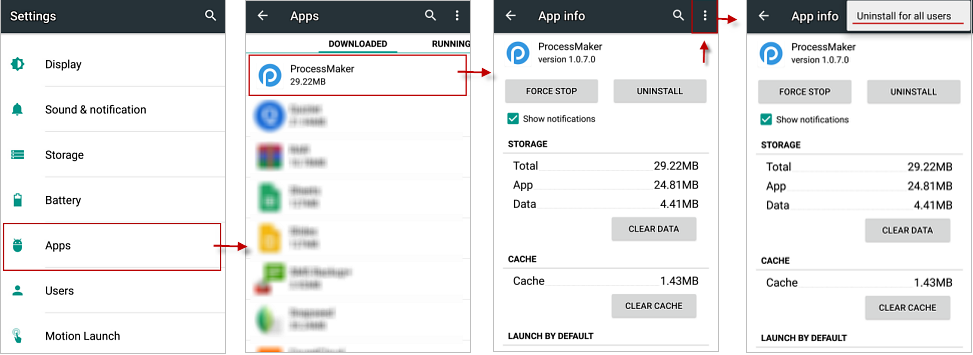
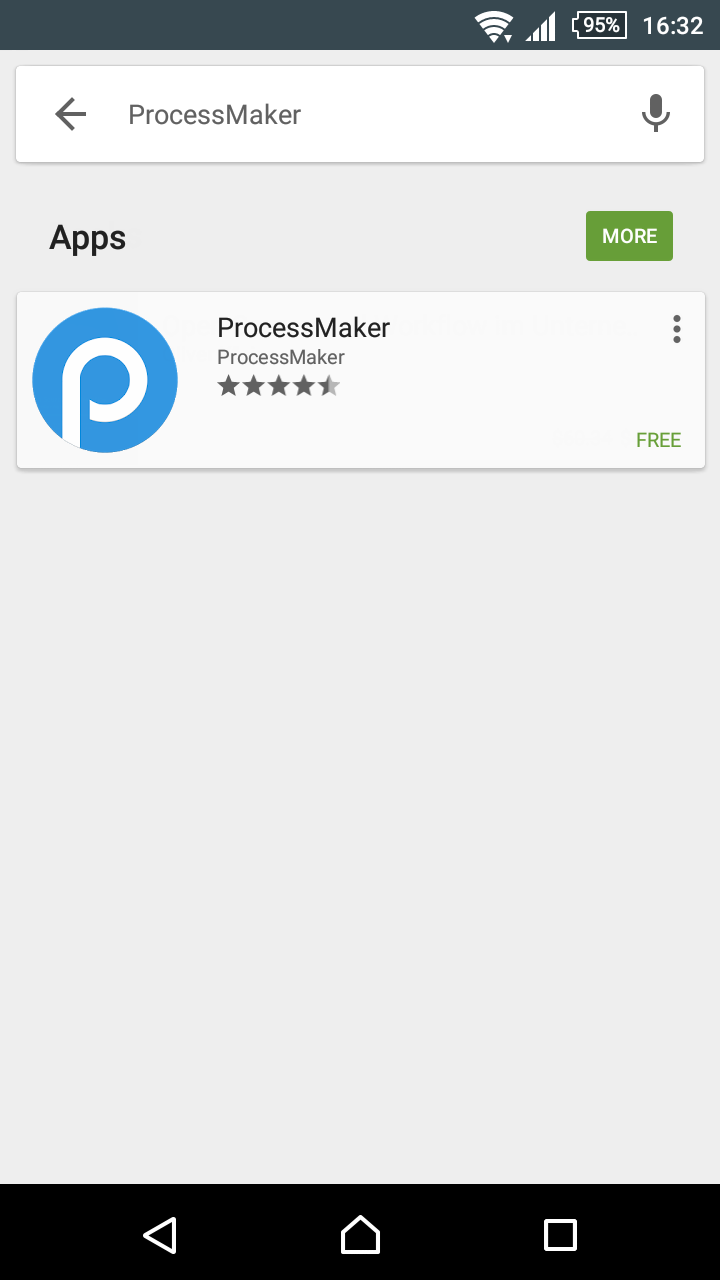

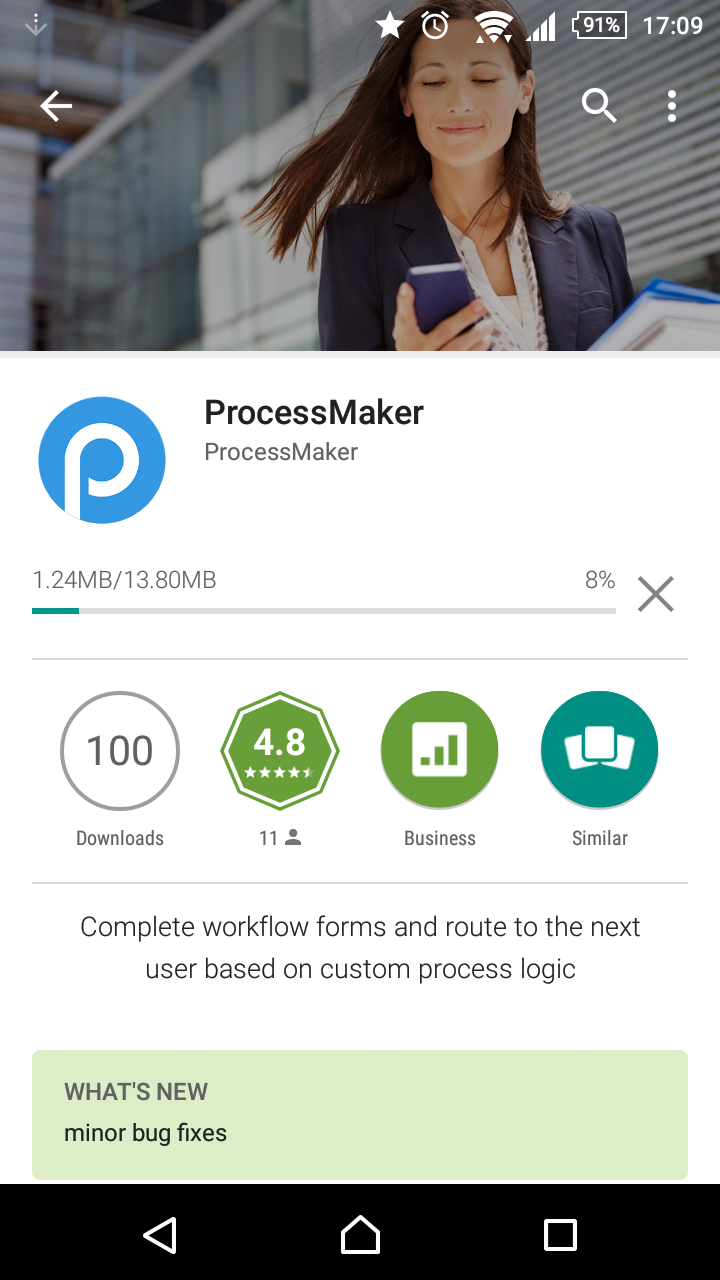
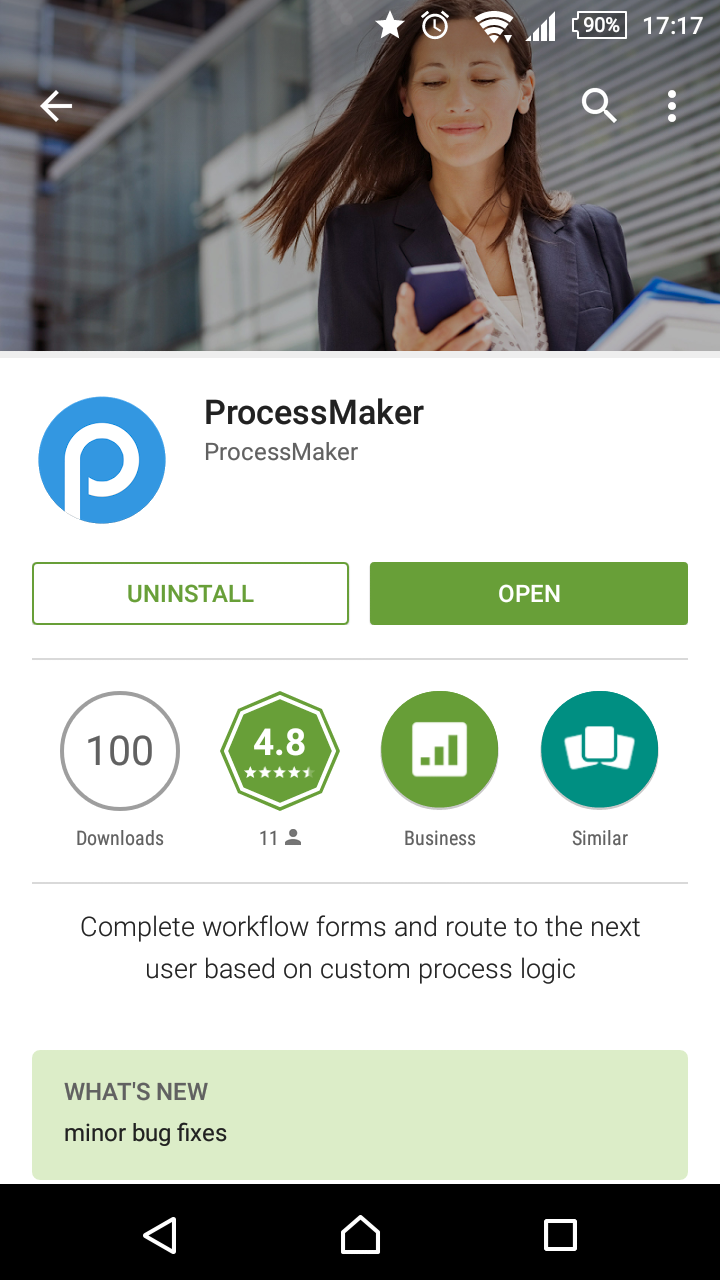
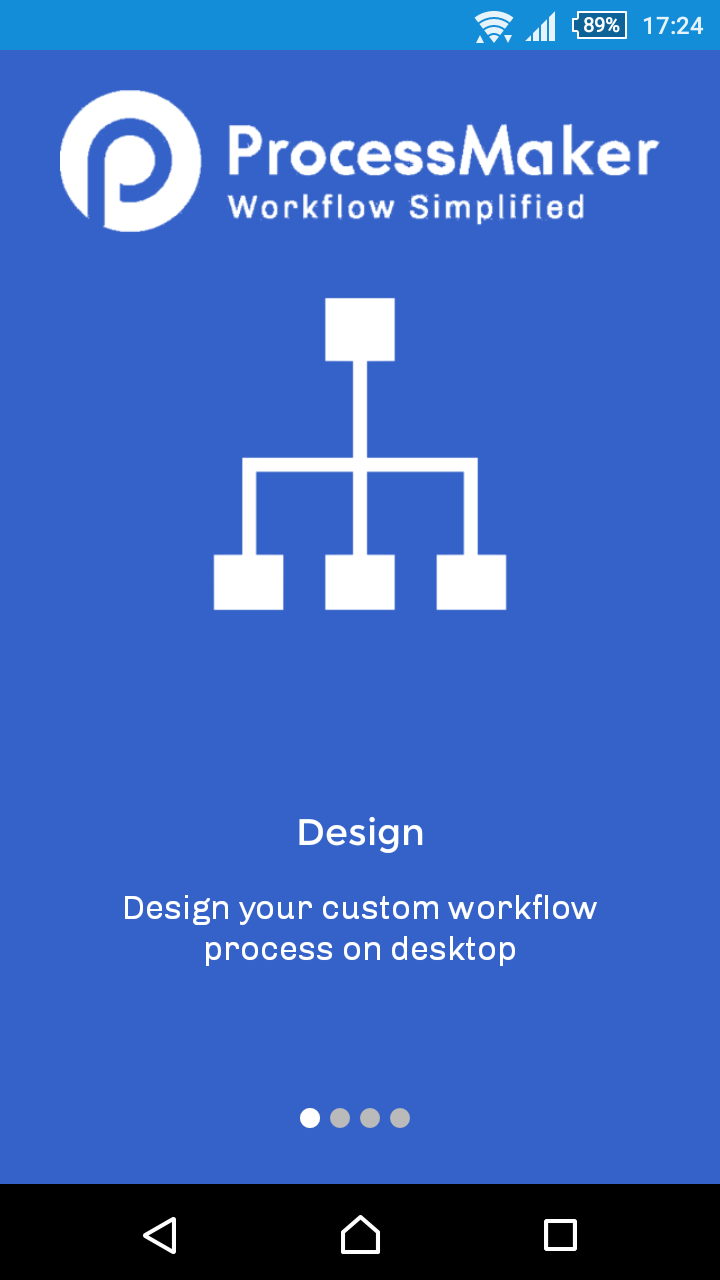
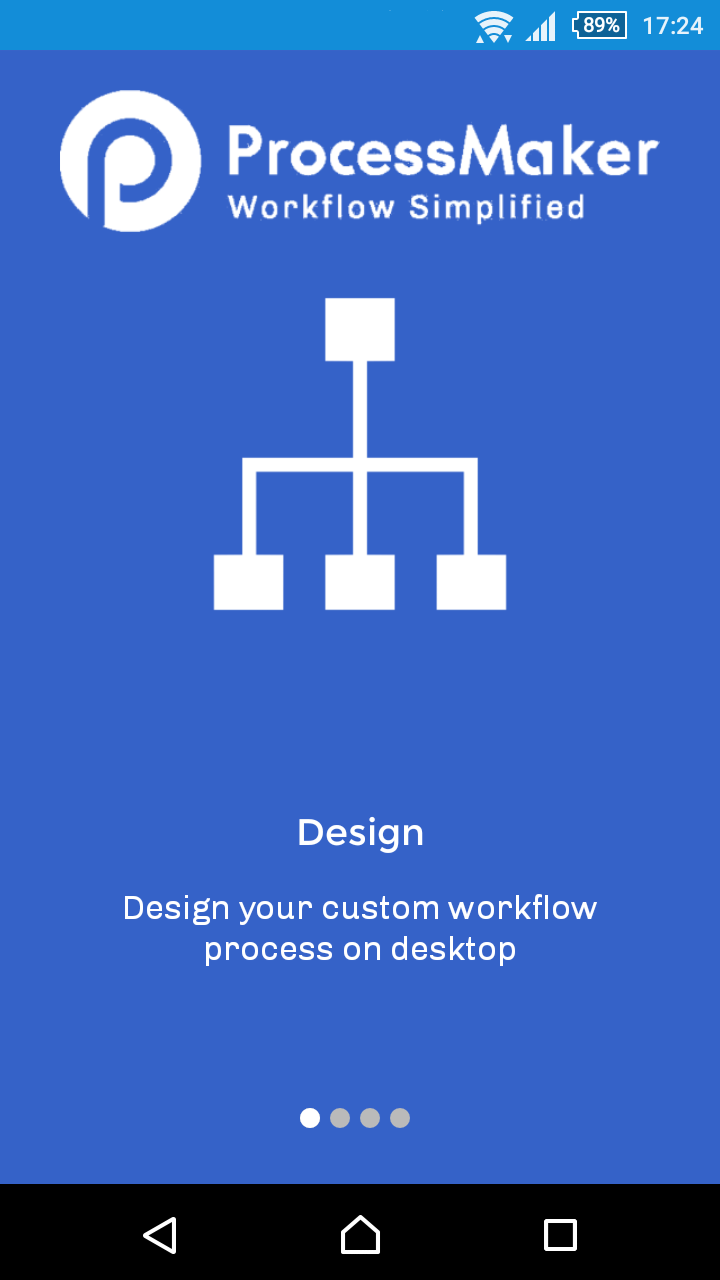
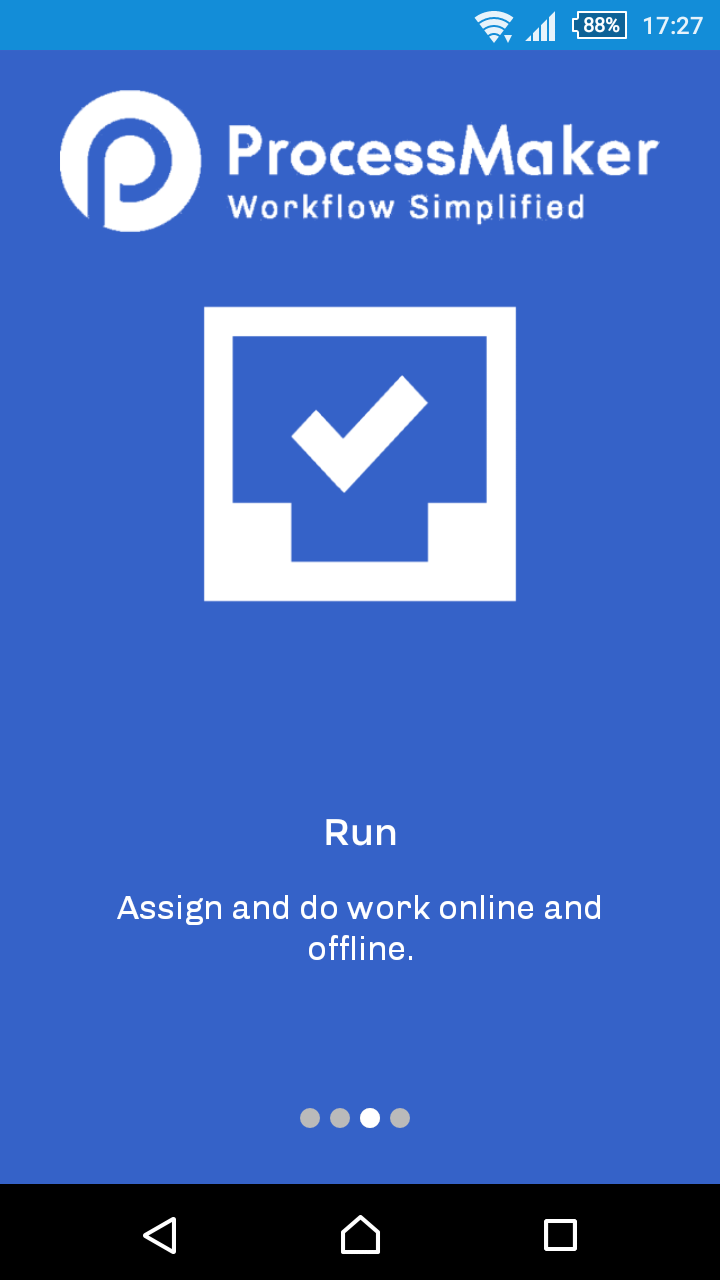



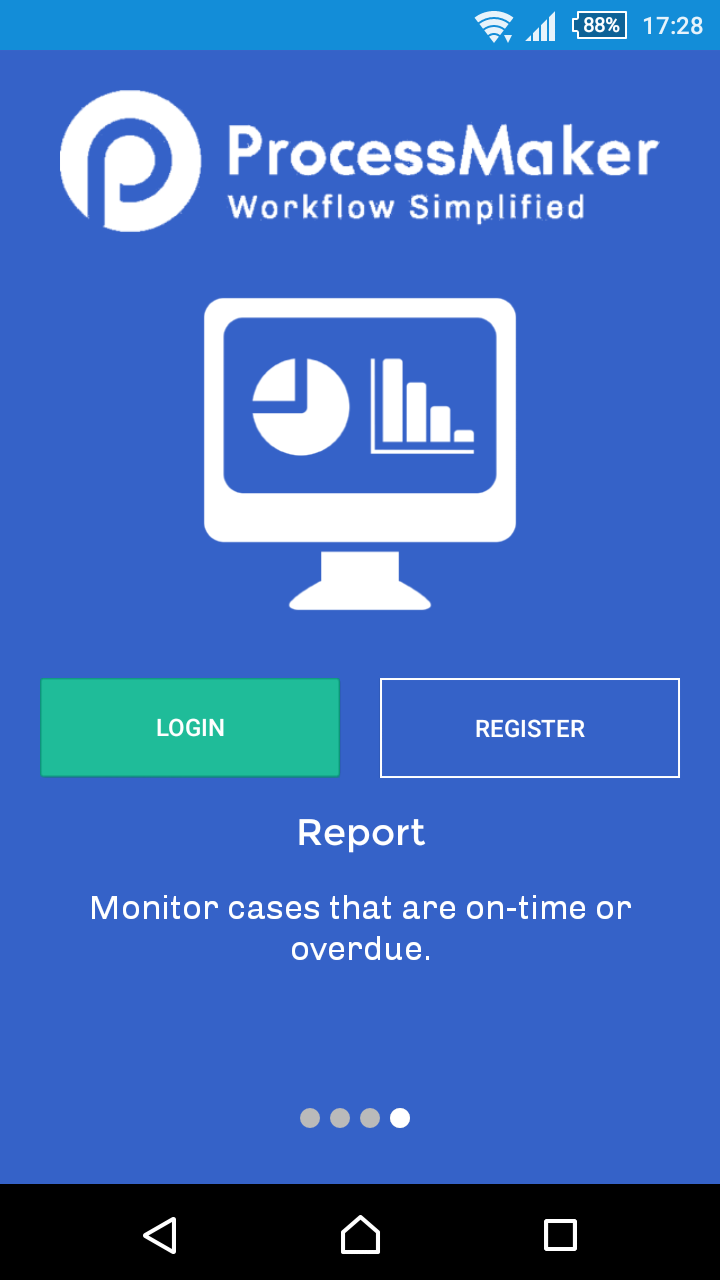
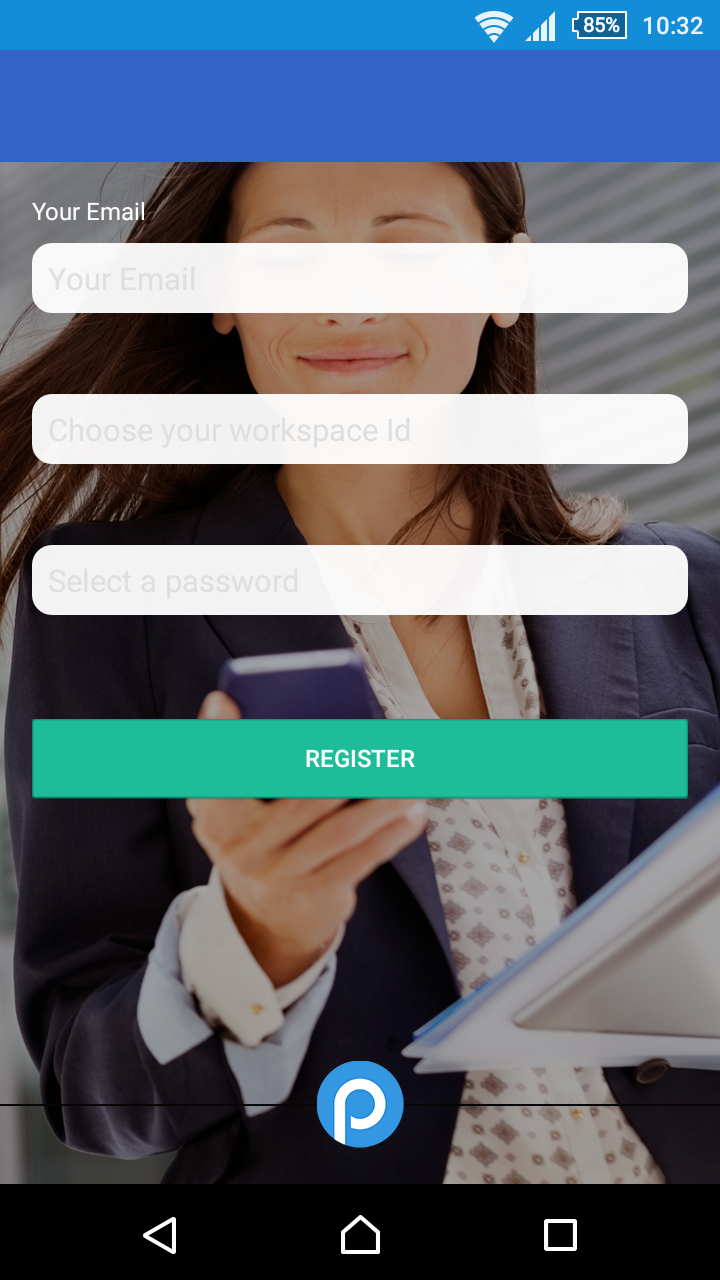























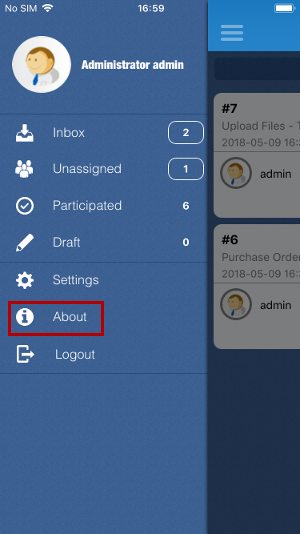







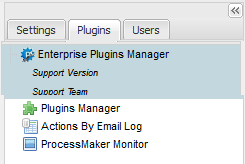
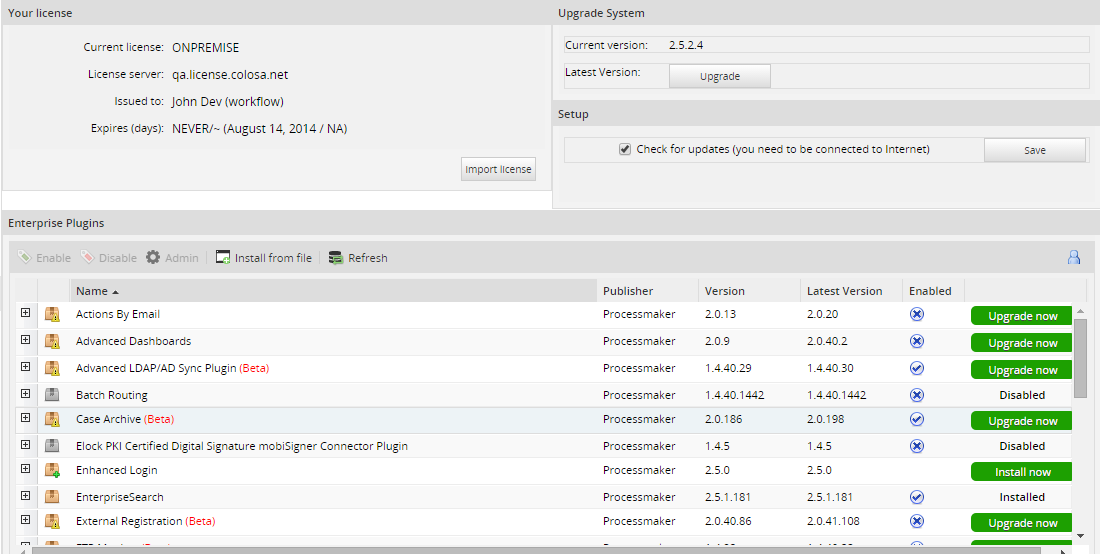
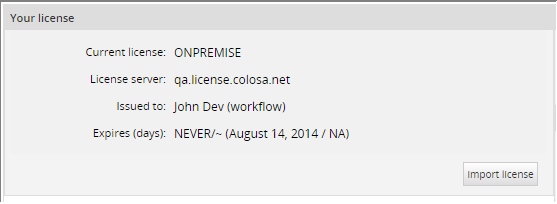

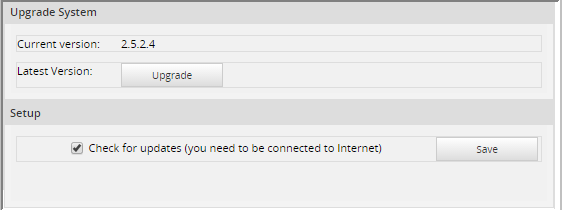
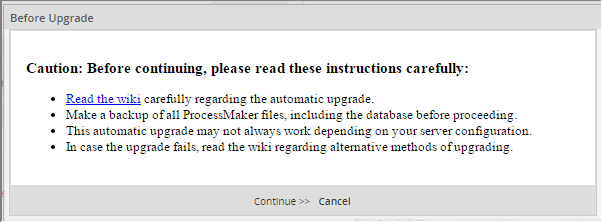
















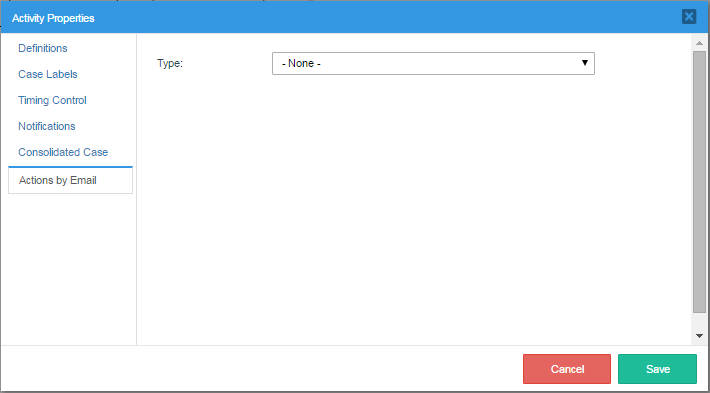

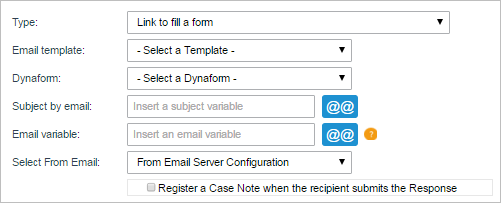
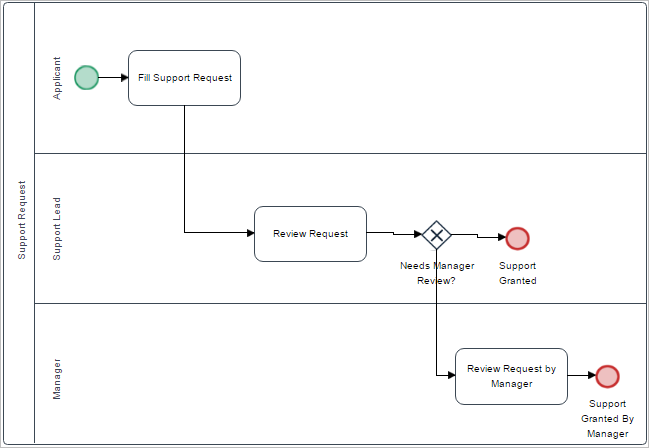
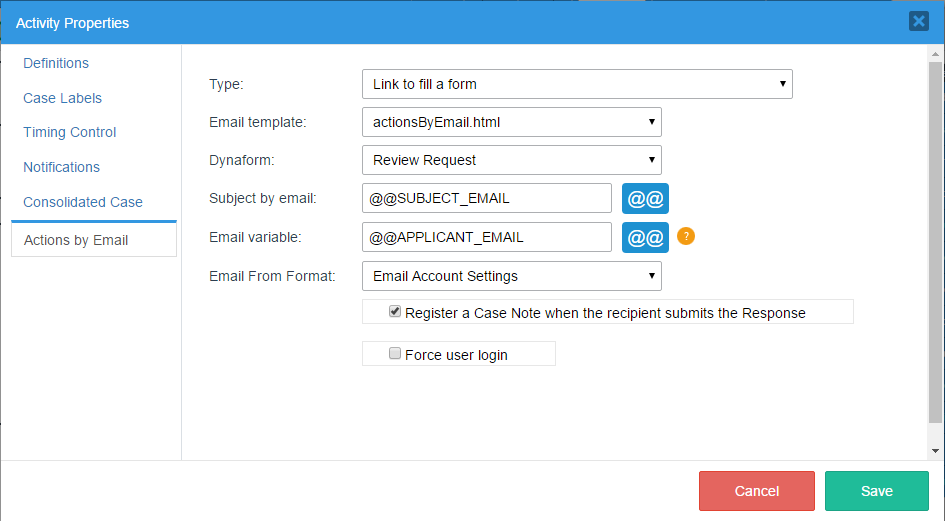

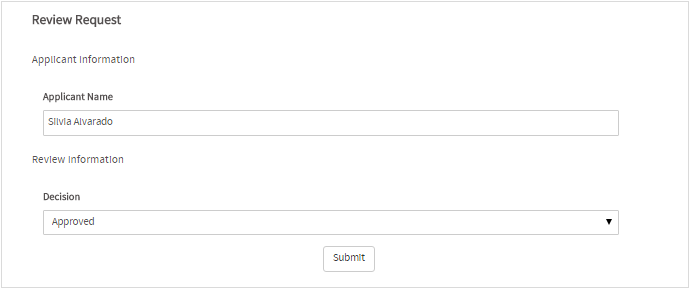

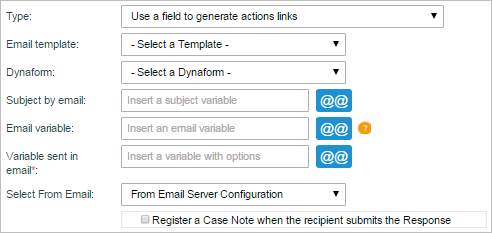


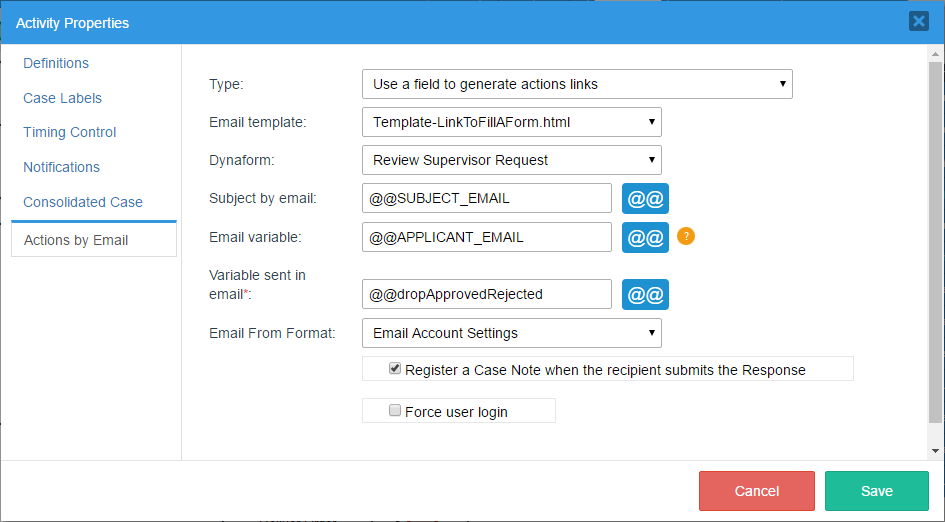

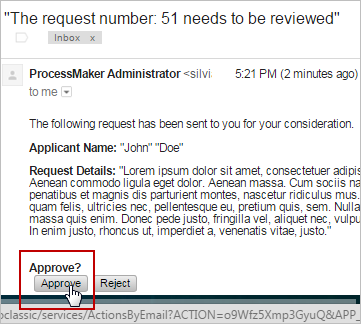


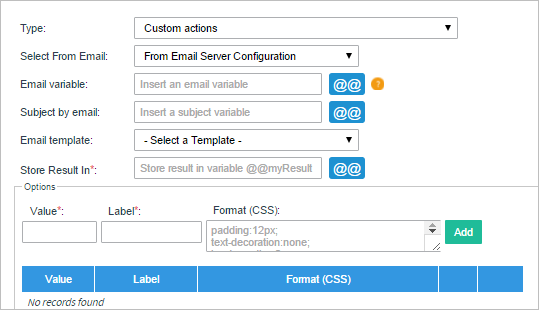


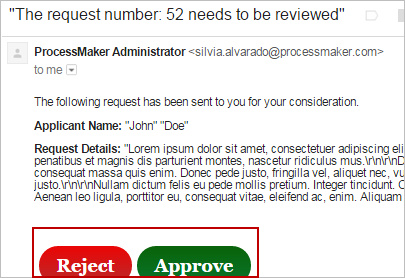
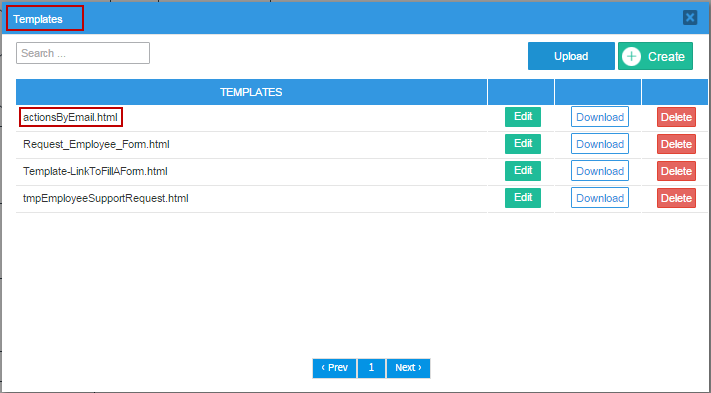
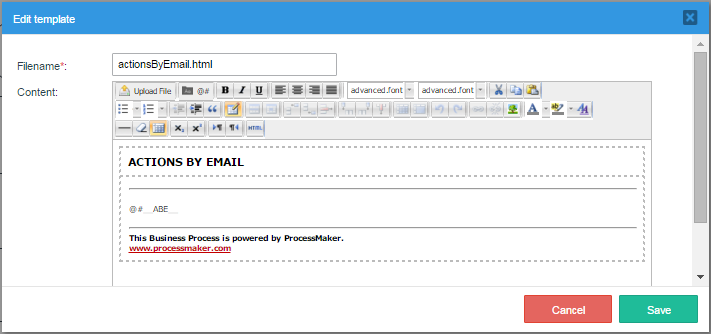
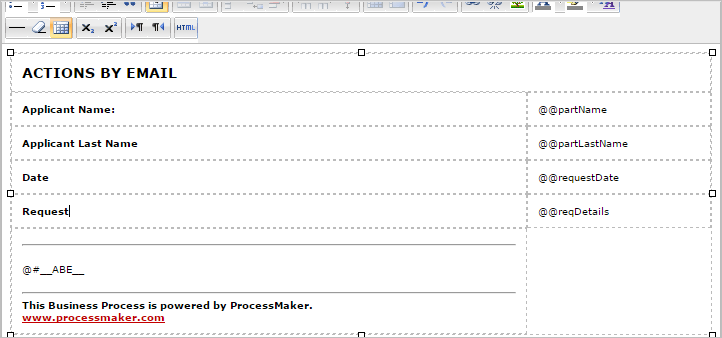
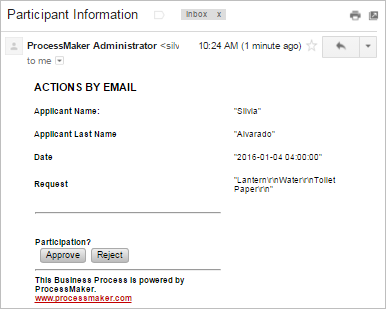









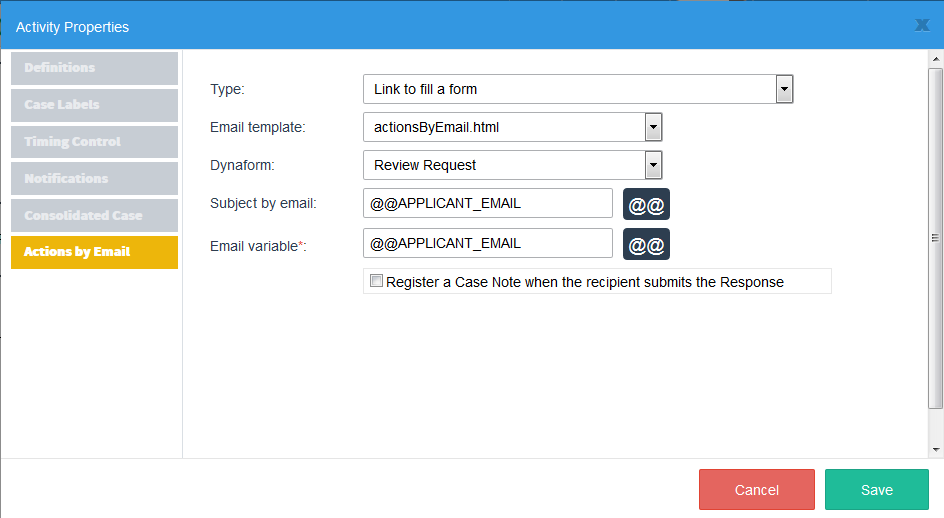












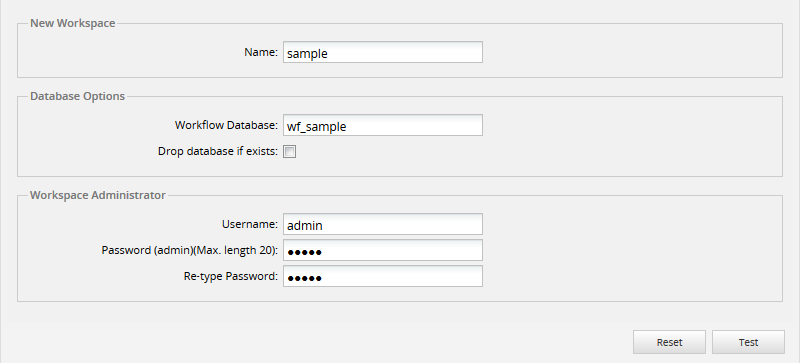
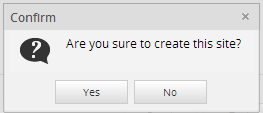





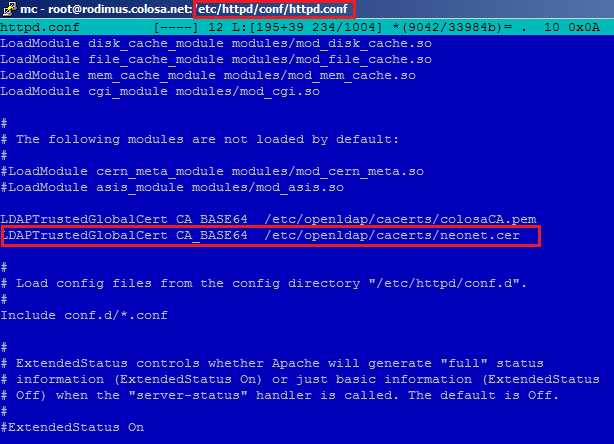




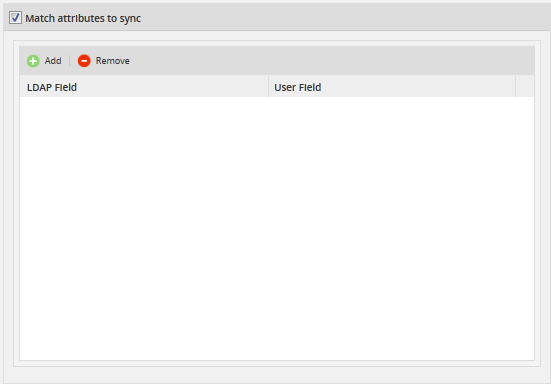






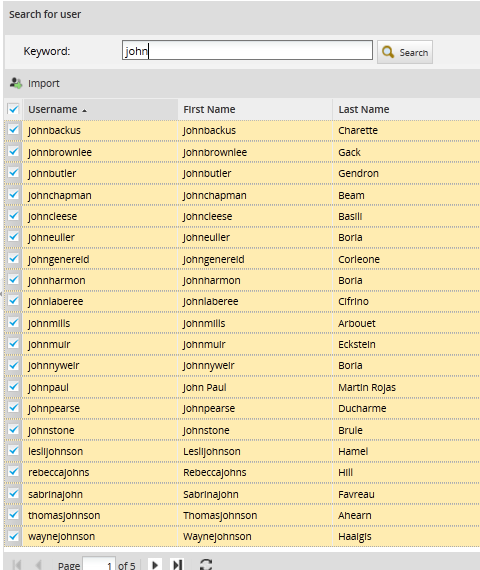



 to display a list of departments and their subdepartments. If the authentication source is LDAP, all organizational units (ou) are considered departments and will be listed.
to display a list of departments and their subdepartments. If the authentication source is LDAP, all organizational units (ou) are considered departments and will be listed.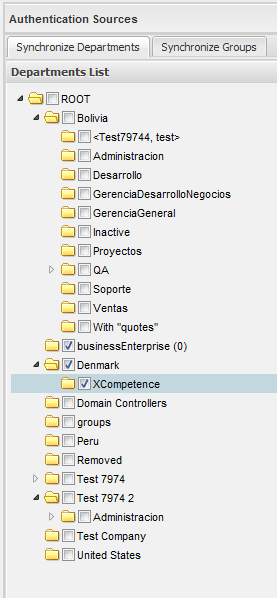

 to display a list of groups from the selected authentication source.
to display a list of groups from the selected authentication source.